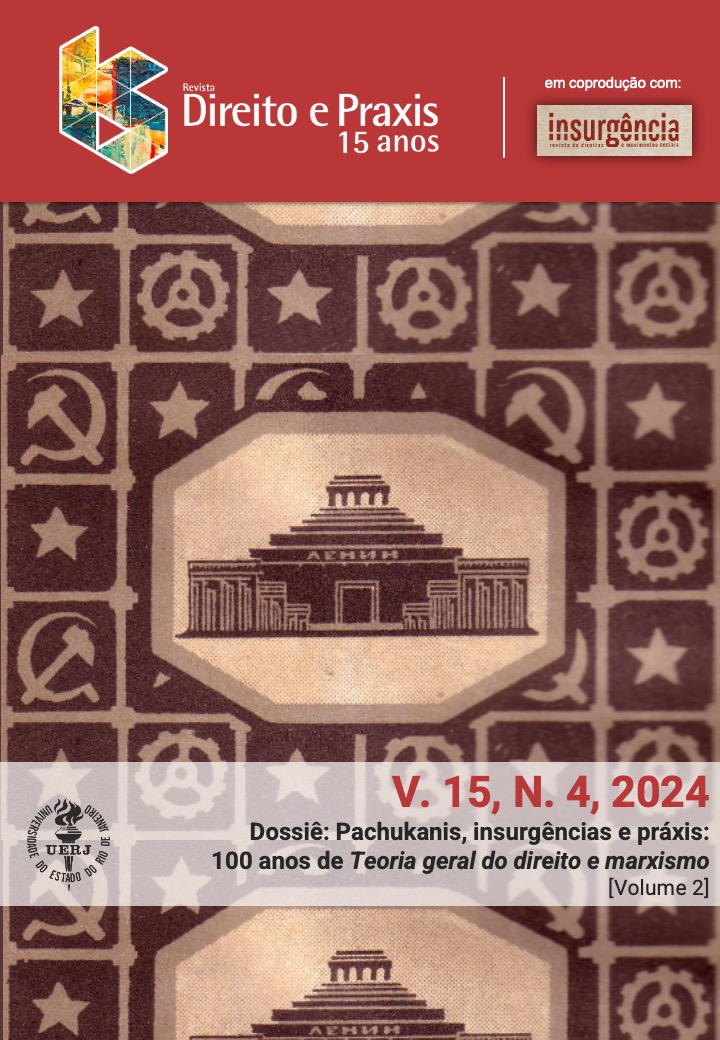Legal and social pluralism in “Quilombo Baixa da Linha”
the ways and customs in arbitration procedure as a rule of anti-discrimination law
Keywords:
Arbritration procedure, Anti-discrimination law, Legal and social pluralismAbstract
https://doi.org/10.1590/2179-8966/2024/76508i
The research that is developed with the possibility of using arbitration as a alternative dispute resolution to solve disputes in traditional communities arises from the confrontation of reality in the quilombo of Baixa da Linha, located in the municipality of Cruz das Almas, in Bahia. The research questions whether the performance of arbitration procedure based on the ways and customs can be considered as a rule of anti-discrimination law within traditional communities. This work is a stage of empirical research that is in progress with the quilombola communities of Vila Guaxinim and Baixa da Linha. This article adopted the inductive-critical methodology with the use of the lemon tree case as a starting point in the research to think and build procedures and alternative dispute resolution within the quilombola community so that it is not necessary to submit to the official agencies of the State. Partial results point out that the arbitration law can be used as an anti-discrimination rule, however, care must be taken not to protect community members to force the adoption of this internal method.
Keywords: Arbritration procedure; Anti-discrimination law; Legal and social pluralism
Downloads
Downloads
Published
How to Cite
Issue
Section
License
Copyright (c) 2024 Direito e Práxis

This work is licensed under a Creative Commons Attribution 4.0 International License.
The authors the sole responsibility for their texts.
It is allowed the total or partial reproduction of the articles of the Journal Law and Praxis, if the author is mentioned.
This work is licensed under a Creative Commons Attribution-Noncommercial-Share Alike 4.0 Unported License.
This license allows you to copy and redistribute the material in any medium or format for any purpose, even commercial, provided the original authorship is cited.
This work is licensed under a Creative Commons Attribution 4.0 International License.



